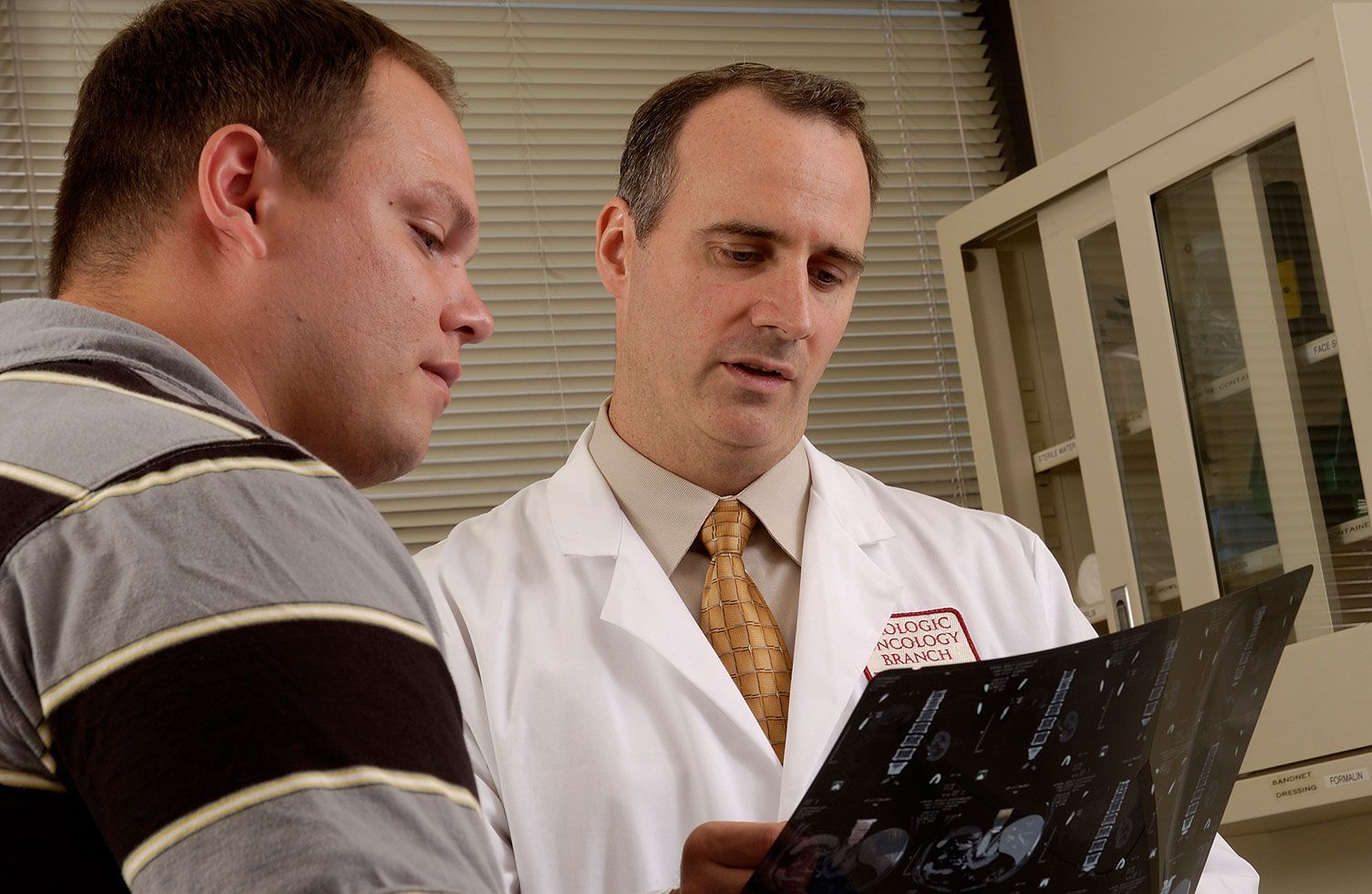While bladder cancer is one of the most commonly diagnosed cancers in the United States, far too many people learn what the disease is at the time of diagnosis. I have heard from many patients and doctors that a common reaction is “I didn’t know you could get cancer in your bladder.” In 2021, the American Cancer Society projects that more than 83,000 people will be diagnosed with bladder cancer in the U.S. and more than 17,000 people will not survive their disease.
Bladder cancer impacts males disproportionally – three out of every four bladder cancer cases diagnosed occur in men. In fact, it is the 4th most diagnosed cancer among males.
The most telling statistic, according to the National Cancer Institute SEER data from 2018, is that there are 723,745 people living with bladder cancer in the United States. To put that in perspective, there are more people who have bladder cancer in the U.S. than the total number of people who live in Wyoming or Vermont, and slightly less than the population of Alaska.
When caught in its early stages, bladder cancer is highly treatable and the five year survival rate for non-muscle invasive bladder cancer is more than 77%. That’s good news, but the other news is that disease often comes back. Depending upon the type of bladder cancer that someone gets, its recurrence rate is between 50 – 80% and this makes it among the most expensive cancers to treat over a patient’s lifetime.
At the Bladder Cancer Advocacy Network (BCAN), the organization I lead, we are committed to raising awareness of the disease, supporting those who are impacted by it and funding research to improve outcomes for patients. Raising awareness is a critical part of what we do because the more men and women who know about the disease and its signs and symptoms, the more lives can be saved through early detection.
Some important things to consider are:
- Blood in your urine is NEVER normal. The most common clinical sign of bladder cancer is painless gross hematuria, blood in the urine that can easily be seen. If you see blood in your urine, see your doctor as soon as you can, preferably a urologist. Even microscopic hematuria picked up on a routine urine text could be a sign that something is wrong and should be evaluated by your healthcare team.
- If you smoke, please stop. While the causes of bladder cancer are not fully understood, what doctors do know is that about 50% of all cases can be directly attributed to cigarette smoking. A current smoker has a four times greater risk of being diagnosed with bladder cancer than someone who never smoked.
- Certain occupation or environmental exposures to chemicals, smoke or fumes is also believed to increase the risk of developing bladder cancer. If you are a first responder or member of our military, those workers have increased risk of developing the disease, so do not ignore warning signs like blood in your urine, or urgency and frequency related to emptying your bladder.
- Know that you are not alone. A cancer diagnosis can be devastating and patients with bladder cancer have told us that it can feel very lonely. BCAN exists to help patients feel that they are not alone and we support them and those who love them with a variety of free educational information and support services including our “Facing Bladder Cancer” resources. If you have bladder cancer, we urge you to contact BCAN to see how we can help you.
While diagnoses of other major cancers are expected to decline this year, the American Cancer Society predicts that bladder cancer cases will rise by 3% in 2021. On the day that you read this blog post, an average of 227 people will be told that they have bladder cancer.
I view this as a public health crisis, particularly for men. I urge you to share this blog post with someone you love in the hopes that greater education and awareness will save lives.
Image source: National Cancer Institute Visuals Online




